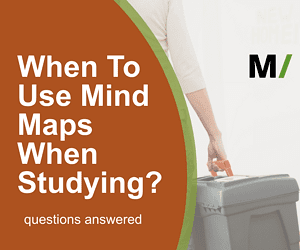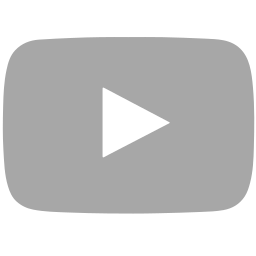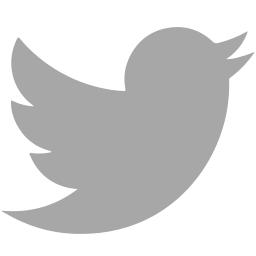Do you want to use mind maps when studying? Do you already use mind maps for creating a summary from your books or documents?
I am sure you will use mind maps a lot more when you know what you can also do with them.

Don’t Mind Map Once…
Most people use a mind map only to create a summary of their chapter or book. This is of course very good, but it should be the beginning of using a mind map. You can benefit a lot more if you let the map become a part of your full studying process.
Here’s how:
The Mind Mapping Begins When you receive your book
Go through your book. Don’t try to read everything. Flip through the pages and quickly get a grasp of what the book is about.
You can write your thoughts, ideas you saw, and first impression on a map. Perhaps you have questions that might be good to answer.
HINT: Doing this skimming or flipping through pages is always a smart thing to do. Especially when you start reading a chapter. Flip through and get a general idea about the chapter.
This focuses your mind and helps you to understand the information better.
You should always focus before you start a new task. Clear your mind and only then get started.
Summarize your book
This is an important map to make. Summarize your chapter or book before you start reading in detail. In the Smart Study System I explain exactly how you should do this.
Basically, you create a map that outlines the chapter. This is the starting point for the rest of your studies. When studying, it is nice to have a good outline of the information you want to read. This helps with understanding what you read.
Updating the map when reading
After you started reading, make sure you add new or important information to the map. Keep it short and to the point. Decide if you want to add information when you read it, or after you read part of the chapter.
Some people find it easier to add more information to the map after each page. Doing this helps you to focus on finding the important parts of the page (and not distracting details).
And ALWAYS…
Make sure you remove information that is no longer needed. Update the map. Re-arrange the content if you feel this is improving the readability and usefulness.
Using new information from other sources
When you went through the chapter, you may have to read from other sources. You could read articles, watch video instruction, have a meeting, or live class.
All these other sources can give you valuable content. Make sure you add this to the map as well.
You may find different perspectives on the same content. And this is always good to study 🙂
Memorizing the map
You can start to work on understanding and memorizing the map.
There is a simple way of memorizing your map. You through your map and understand the relationships.
You can also take a section of the map and use the information. For example, write an article, shoot a video of you talking about the map, etc.
Make sure you actively use the map content. This makes it easier for your mind to recall the information.
HINT: The most important aspect of memorizing new information is… comprehend what you study.
When you comprehend information, there is almost no need to memorize it. Only memorize the things that you don’t understand. Or memorize information that has no relationship with your current knowledge. First understand and then memorize the rest.
Testing yourself
Testing to see if you memorized and understood the information is easy.
The most important thing you can do is re-create the map from memory. Don’t use your full mind map, put that map away.
Take a new sheet of paper or a blank digital map.
Write down everything in the new map that was in the old map, without looking back.
HINT: The lost information between the two maps is exactly what you should be working on a little more 🙂
Another way to test yourself is to become a teacher on this topic. Take the map and give a live ‘class’ to other people. You can do this one-on-one with other students. Or you ask your children and partner, co-workers, a live stream with strangers, or… Be creative. Make sure you show what you know about your topic 🙂
Conclusion on Use mind maps when studying
Your mind map shows you the current state of your knowledge in a certain field. This means that the mind map will be updated from time to time. From the first draft you create, until the moment you took your exam, the map will be updated and used.
When you use mind maps in your studies, you should do more than creating a first map. Always continue to update and use the map throughout your study sessions.
The end result may even be that you can completely forget about the mind map. This happens when you internalized the content fully.
And if that is not the case, no worries. You have a wonderful outline with many details that you can use.
Question for you: How much are you using mind maps? Is it for notes only, or do you update and expand the map?


